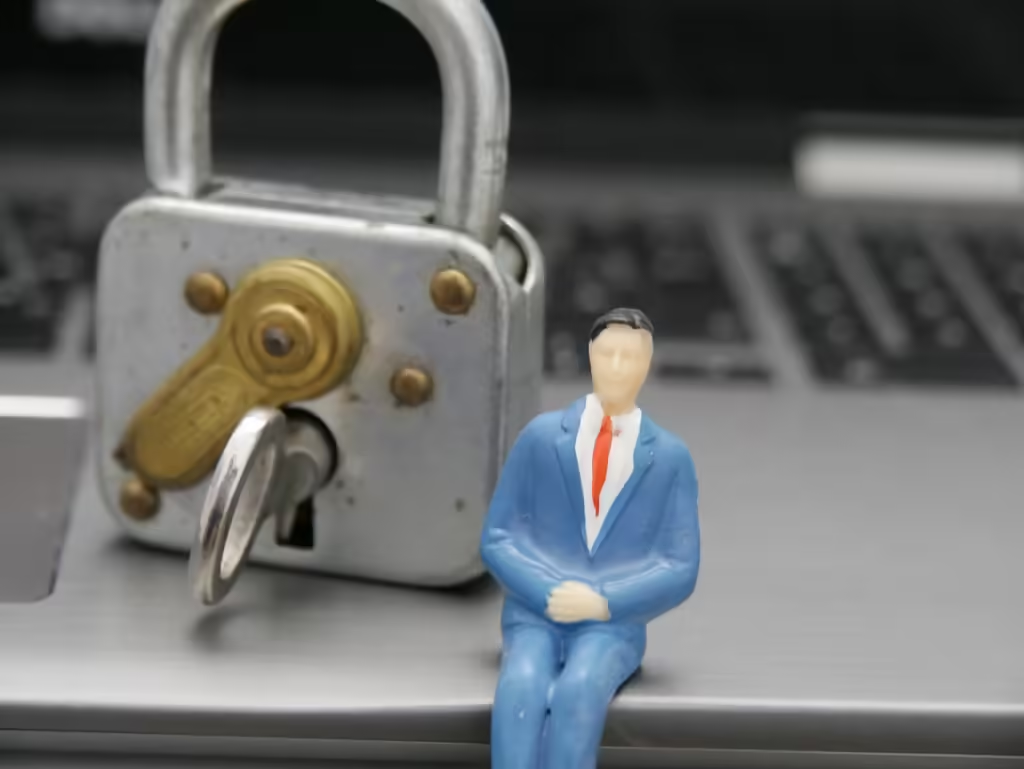In the realm of cybersecurity, Advanced Persistent Threats (APTs) are a major concern. These cyberattacks are like silent invaders, sneaking into systems and staying hidden for long periods. They cause significant damage without being detected.
Table of Contents
What Are Advanced Persistent Threats?
Advanced Persistent Threats (APTs) are sophisticated attacks by hackers. They use advanced techniques to gain unauthorized access to networks and data. Unlike typical cyberattacks, APTs remain hidden for extended periods to steal sensitive information.
APTs are usually carried out by well-funded and organized groups. They target specific organizations and individuals, often for political or financial gain. These threats require a high level of skill and resources, making them a serious challenge for cybersecurity professionals.
How APTs Operate
APTs begin with extensive research on the target. Hackers gather information to understand vulnerabilities. They use this information to create custom malware designed to exploit these weaknesses.
Once inside the system, APTs establish a foothold. They use techniques like phishing and social engineering to gain access. After entering, they move laterally within the network to find valuable data. The ultimate goal is to remain undetected while continuously extracting information.
Examples of APT Attacks
One infamous example is the Stuxnet worm. It targeted Iran’s nuclear facilities, causing significant damage. This attack was highly sophisticated, demonstrating the potential impact of APTs.
Another example is the Sony Pictures hack in 2014. Hackers infiltrated the company’s network, stealing sensitive information and causing significant disruption. These examples show how devastating APTs can be.
Why APTs Are Dangerous
APTs are dangerous because they are difficult to detect. They use advanced techniques to evade security measures. This allows them to remain in the system for long periods, continuously stealing information.
The damage caused by APTs can be severe. They can steal sensitive data, disrupt operations, and cause financial loss. The long-term presence of these threats makes them particularly harmful to organizations.
Detecting and Preventing APTs
Detecting APTs requires advanced security measures. Traditional security tools may not be effective. Organizations need to use advanced monitoring and detection systems to identify unusual activity.
Preventing APTs involves a combination of technology and education. Organizations must invest in advanced security tools and train employees to recognize and respond to potential threats. Regular security audits and updates are essential to stay ahead of attackers.
The Role of Cybersecurity Professionals
Cybersecurity professionals play a crucial role in defending against APTs. They need to stay updated on the latest threats and techniques used by hackers. This requires continuous learning and adaptation to new security challenges.
These professionals must also collaborate with other organizations and agencies. Sharing information about threats and best practices can help create a stronger defense against APTs. This collective effort is essential to combat these sophisticated threats.
Real-Life Impact of APTs
APTs have real-life consequences for organizations and individuals. They can lead to financial loss, reputational damage, and legal issues. The theft of sensitive information can have long-lasting effects on businesses and individuals.
One notable example is the Target data breach in 2013. Hackers infiltrated the retailer’s network, stealing credit card information from millions of customers. This breach caused significant financial and reputational damage to Target.
The Importance of Awareness and Education
Raising awareness about APTs is crucial. Organizations must educate employees about the risks and signs of these threats. This includes training on recognizing phishing attempts and other social engineering tactics.
Education also extends to the public. Individuals need to understand the importance of cybersecurity and take steps to protect their personal information. This collective awareness can help create a safer digital environment.

Strategies for Mitigating APT Risks
To effectively combat APTs, organizations must adopt a proactive approach. This involves implementing a multi-layered security strategy. By using multiple defenses, organizations can create a robust barrier against these sophisticated threats.
Implementing Advanced Security Measures
Advanced security measures are essential for defending against APTs. This includes using intrusion detection systems, firewalls, and encryption. These tools can help detect and block malicious activity.
Regular security audits are also crucial. By continuously monitoring and assessing the security environment, organizations can identify and address vulnerabilities. This proactive approach is key to staying ahead of attackers.
Collaborating with External Experts
Collaboration with external cybersecurity experts can enhance an organization’s defense. These experts bring specialized knowledge and experience in dealing with APTs. They can provide valuable insights and support in developing effective security strategies.
Organizations can also participate in information-sharing initiatives. By sharing threat intelligence with other organizations, they can stay informed about the latest threats and techniques used by attackers. This collective effort strengthens the overall defense against APTs.
The Role of Incident Response Teams
Having an incident response team is essential for handling APTs. These teams are responsible for detecting, analyzing, and responding to security incidents. They play a critical role in mitigating the impact of an attack.
Incident response teams must be well-prepared and equipped with the necessary tools. Regular training and simulation exercises can help them stay ready to handle real-life incidents. This preparedness is crucial for minimizing the damage caused by APTs.
Encouraging a Security-First Culture
Creating a security-first culture is vital for defending against APTs. This involves making cybersecurity a priority at all levels of the organization. Employees should be encouraged to take an active role in protecting the organization’s data.
Regular training and awareness programs can help foster this culture. By educating employees about the importance of cybersecurity, organizations can create a more secure environment. This proactive approach is essential for defending against APTs.
Investing in Cybersecurity Research and Development
Investment in cybersecurity research and development is crucial for staying ahead of APTs. This involves developing new tools and techniques for detecting and preventing these threats. By continuously innovating, organizations can enhance their defense capabilities.
Collaboration with academic institutions and research organizations can also be beneficial. These partnerships can provide valuable insights and support in developing effective security solutions. This continuous effort is essential for keeping up with the evolving threat landscape.
The Future of APT Defense
The future of APT defense lies in advanced technologies like artificial intelligence (AI) and machine learning. These technologies can enhance the detection and response capabilities of security systems. By leveraging AI, organizations can identify and respond to threats more quickly and accurately.
Continuous adaptation and innovation are crucial for staying ahead of attackers. As APTs evolve, organizations must be prepared to adjust their strategies and defenses. This proactive approach is essential for maintaining a strong defense against these sophisticated threats.
Advanced Persistent Threats: a Significant Challange
Advanced Persistent Threats (APTs) are a significant challenge in the cybersecurity landscape. These silent invaders can cause severe damage to organizations and individuals. Understanding how APTs operate and implementing advanced security measures is essential for defending against these threats.
As the business owner of Matur Intech Cyberhub, I have firsthand experience in dealing with APTs. Our services are designed to help organizations strengthen their cybersecurity defenses. By staying informed and proactive, we can create a safer digital environment for everyone. Visit Matur Intech Cyberhub to learn more about our solutions and how we can help protect your organization from advanced threats.


